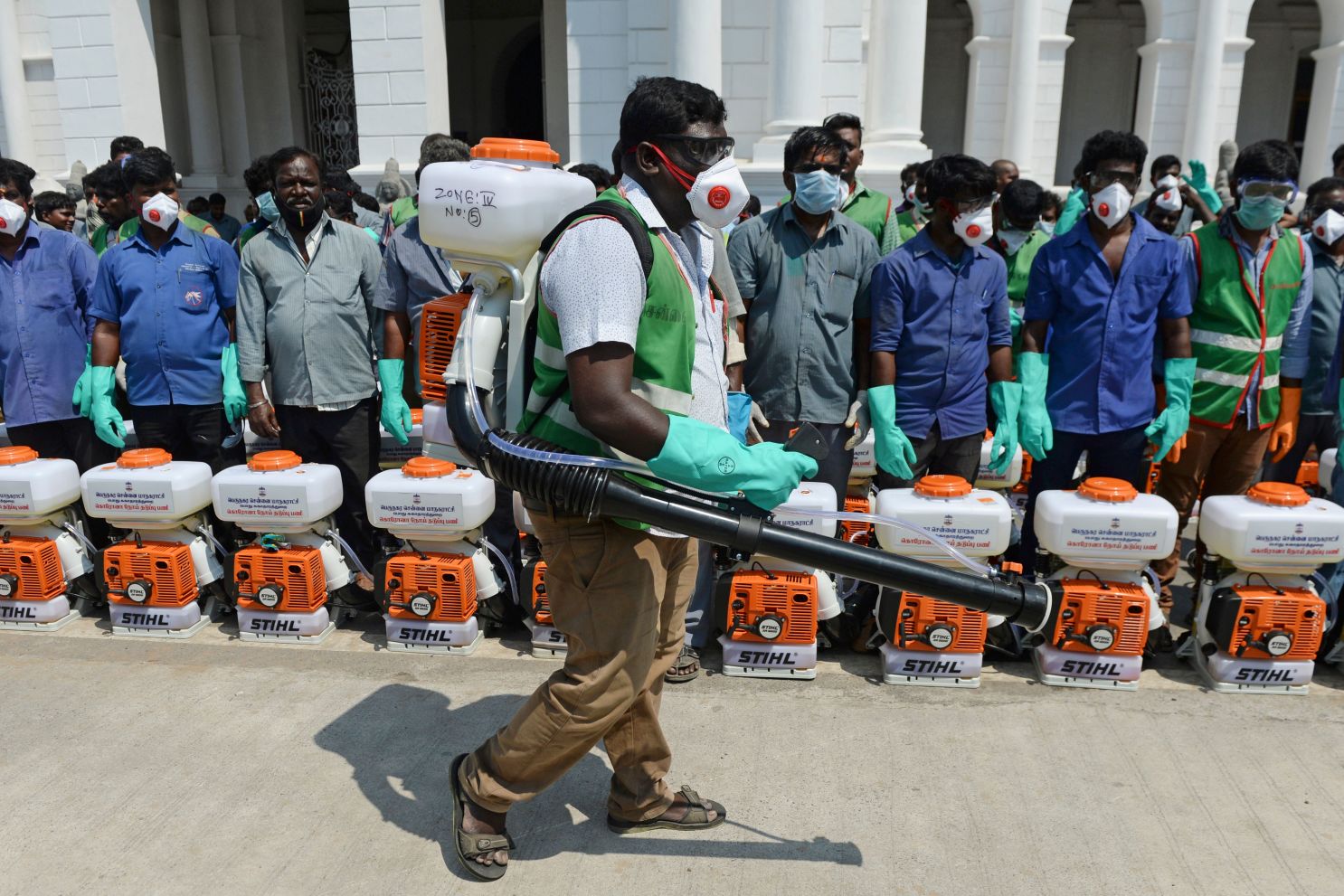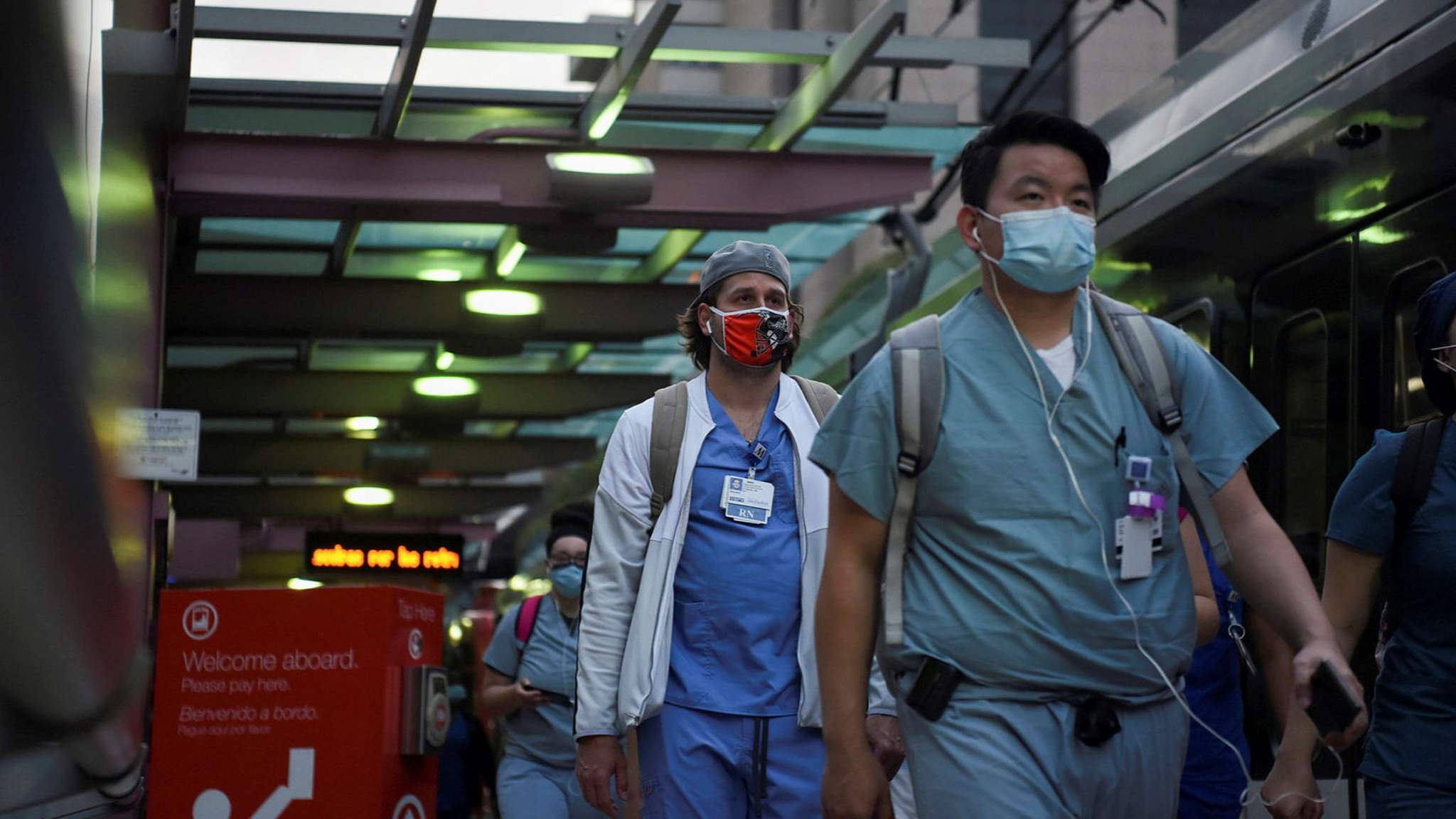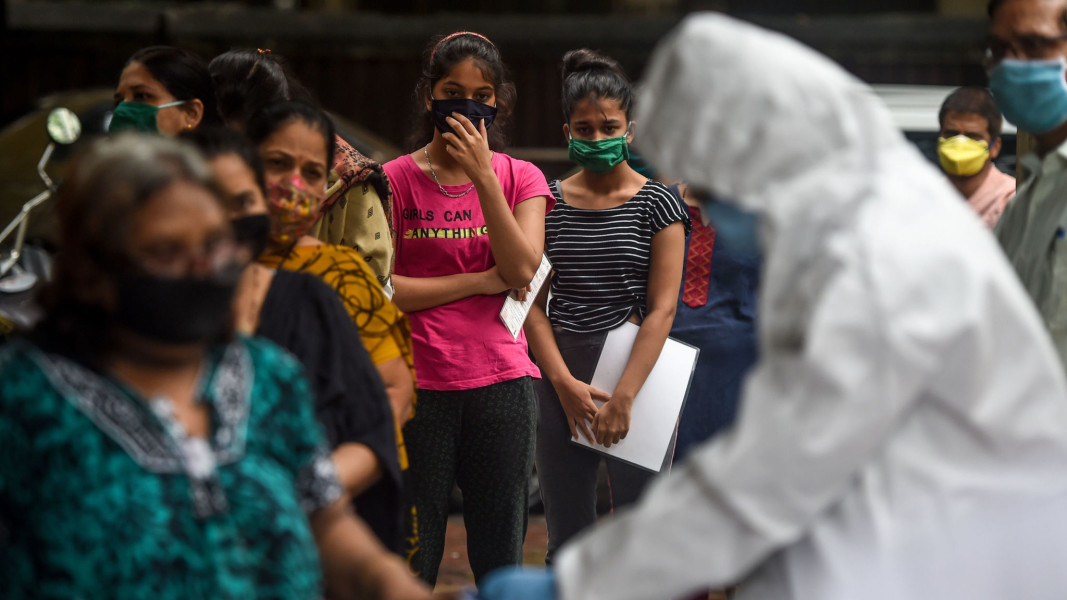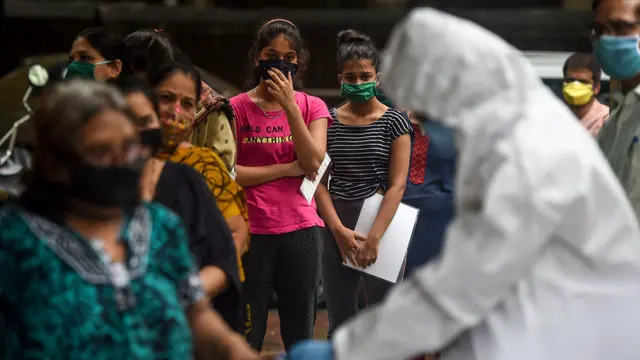By APD writerI. Hussain Janjua
Editor's Note: Mr. I. Hussain Janjua is a senior media professional and analyst based in Islamabad, having experience of more than 20 years in research & media in different organisations.(Email: [email protected]; twitter: @ihussainjanjua)
The world at the moment is grappling corona pandemic and every other day the number of cases are setting new records in India the number of corona patients has crossed over 1.2 million figure, becoming the third most corona virus affected country after Brazil and the US.
It is not at all surprising keeping in view the population of the world’s most populous country while the smaller countries in the region including Pakistan have also been badly affected.
In India the number of corona affected persons is getting doubled every 20 days turning it into corona hotspot as the numbers are rapidly growing. However, the neighboring countries after the upsurge in May and June have witnessed a declining trend in infections.

Pakistan is the second most affected country in the region but cautious optimism is being witnessed there as the downward trend is quite obvious after a sharp rise in corona cases in June with daily numbers going past six thousands but since mid July the numbers have nosedived to just over one thousand. Though the situation appears to be under control but apprehensions are there that the virus could hit back again.
Likewise in Bangladesh about two lakh cases have been reported while the pandemic was its worst in mid June and early July. Later a decline has been witnessed and in Afghanistan the rate of pandemic spread is the slowest in the region. Presently, it takes 40 days to double the cases but there is a big question mark about the veracity of the official numbers.
In both Nepal and Sri Lanka the infections have remained very low as in the Himalayan state the lockdown continued for hundred days and the cases were only witnessed in areas along Indian border. However, in recent days the daily cases are on the decrease but experts believe that non-testing of affected persons could be one factor for bringing the numbers down.

And Sri Lanka saw the rise of infection since April but it successfully curtailed the numbers due to strict lockdown, identifying the positive cases and then quarantining the victims --- establishing a complete system comprising health, police, intelligence officials along with local authorities to figure out coronavirus affected people --- only lifting the lockdown restrictions before the recent elections.
It is significant that South Asia which houses 25 per cent of the world population the number of total infections form only 11 per cent from this region --- the percentage of deaths in these countries is also quite less than the western countries and the US whether it is total number of affected persons or population.
With poor health infrastructure quite a number of deaths are also not reported leading to wrong categorisation about causes of death. However, one reasonable exploration could be that as compared to Europe and the US, South Asian population mostly comprises youth with average age ranging between 18 to 34 years.

Another factor is the lesser number of tests being conducted in these countries. With over 12 million tests in India and about 1.7 million in Pakistan while the testing capacity has also been enhanced but the number of tests are still low in proportion to the population.
In Pakistan once daily 31 thousands tests were carried out but the number has come down to about to 20 thousand as people with no symptoms are not being tested while high cost of test is also a factor discouraging tests.
The World Health Organization has set a standard for countries with verified cases range between 10 to 30 and hardly any South Asian country meets that standard. Population of Russia and Japan is equal to that of Bangladesh and those countries are conducting tests on very large scale where out of 32 and 26 tests respectively one positive case is detected while in Bangladesh out of every 5 tests one positive case is detected which is quite below the WHO standard. Pakistan had witnessed over 23 per cent cases, alarmingly high number.
With this state of affairs and the data not quite reliable the real corona situation in South Asia cannot be considered genuine but unrealistic.
(ASIA PACIFIC DAILY)
 简体中文
简体中文

